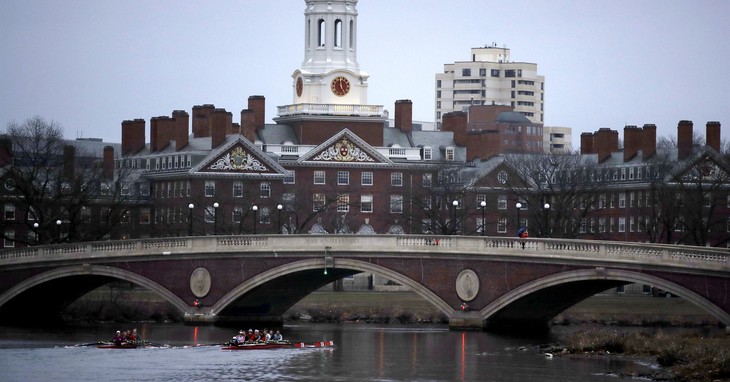
The opinions expressed by contributors are their own and do not necessarily represent the views of RedState.com.
There is an article out today that the New York Times would probably like to think shows we need affirmative action, despite the Supreme Court signaling they may, in fact, rule against the practice soon.
Affirmative action is, in a nutshell, the practice of favoring one racial demographic over another when it comes to accepting or hiring someone into your university or filling a job position. The idea is that this practice provides racial justice at a time when diversity and overcoming America’s problematic past are the lead concerns of many activists.
However, the problem is that the practice of affirmative action is, itself, problematic because you are making decisions based on race, which is precisely what activists have been fighting against for years. Moreover, it’s not just anti-white – it’s negatively impacting a huge percentage of Asian-American college applicants.
The Times article, however, focuses very little on the application and acceptance process. It focuses on recruiting.
Many education experts say that such a decision could not only lead to changes in who is admitted, but also jeopardize long-established strategies that colleges have used to build diverse classes, including programs that are intended to reach specific racial and ethnic groups for scholarships, honors programs and recruitment.
Just one problem here: The Supreme Court case is only about admissions. There is nothing in the case, or the arguments in the case, that suggests the Supreme Court is going to say a university can’t reach out to various groups for recruitment. So, if a change to how colleges recruit comes about, that’s not because of the Supreme Court – that’s the result of colleges getting lazy.
The court could prevent colleges from purchasing lists of potential applicants that focus on race and ethnicity, a common practice used in recruitment, Dr. Pérez said.
“Fly-ins,” in which certain students are provided expense-paid visits to campuses, could also be on the chopping block. So could scholarship programs designated for students of color, which many rely on to afford tuition.
“Fly-in programs, scholarship programs, partnerships with churches and community-based organizations, where does it end?” Dr. Pérez asked.
At the University of Connecticut, Mr. Granger said that a diversity leadership program, UConn Summer Lead, which hosts mostly students from underserved groups, might have to be revised.
This is all pretty much panic porn. Again – there is no indication that the Supreme Court would write a decision so broad that recruitment is affected. The Supreme Court seemed very clear when the issue was brought before them. The conservative majority doesn’t seem to like the final decision being based on race rather than merit. At no point did anyone on the Supreme Court seem to suggest recruitment aimed at various different groups was problematic.
But that isn’t stopping the left – and their primary messenger, the Times – from panicking about the nation’s highest court ruling against affirmative action. They will almost assuredly scream louder and louder about the unfair ruling and how it will negatively impact people of color.
You’ll note, of course, that they don’t count Asian Americans as people of color in this instance.
Trending on RedState Video




